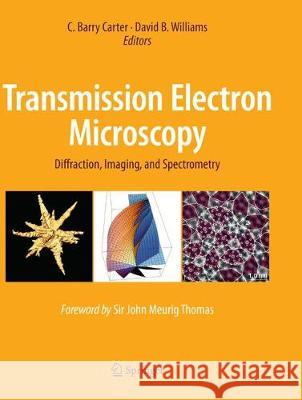Transmission Electron Microscopy: Diffraction, Imaging, and Spectrometry » książka
topmenu
Transmission Electron Microscopy: Diffraction, Imaging, and Spectrometry
ISBN-13: 9783319799889 / Angielski / Miękka / 2018 / 518 str.
Transmission Electron Microscopy: Diffraction, Imaging, and Spectrometry
ISBN-13: 9783319799889 / Angielski / Miękka / 2018 / 518 str.
cena 314,12 zł
(netto: 299,16 VAT: 5%)
Najniższa cena z 30 dni: 308,41 zł
(netto: 299,16 VAT: 5%)
Najniższa cena z 30 dni: 308,41 zł
Termin realizacji zamówienia:
ok. 20 dni roboczych.
ok. 20 dni roboczych.
Darmowa dostawa!
Kategorie:
Kategorie BISAC:
Wydawca:
Springer
Język:
Angielski
ISBN-13:
9783319799889
Rok wydania:
2018
Wydanie:
Softcover Repri
Ilość stron:
518
Oprawa:
Miękka
Wolumenów:
01











